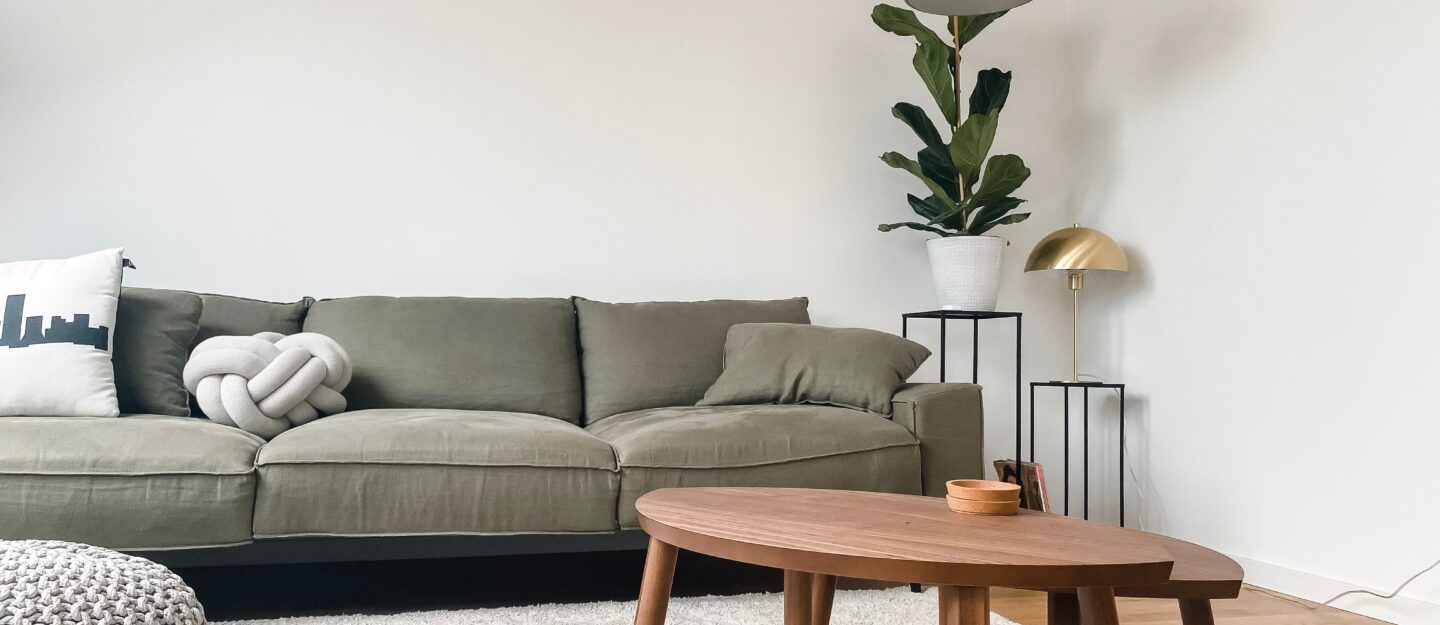This site uses cookies. More info.
Do you want to heat your home more easily, ecologically, and affordably? Choose one of our efficient heat pumps that will ensure carefree warmth for your home, a cleaner environment, and significant savings.

own development
numerous certificates and awards
tested in our own laboratory